Several mainstream media outlets in Europe have speculated that solar energy may have caused the massive blackout in Spain on April 28, but Spanish Prime Minister Pedro Sanchez said in a press conference this week that renewables were not to blame for the incident.
“There is speculation that Spain’s blackout may have been caused by a solar plant located in the country’s southwest, which reportedly disconnected from the network,” Andrea Mansoldo, principal consultant at Norwegian technical consultancy DNV GL Group, told pv magazine. Mansoldo noted that the referenced facility could be the 150 MW Gemasolar concentrated solar power (CSP) plant, which is located near Fuentes de Andalucía in the province of Seville.
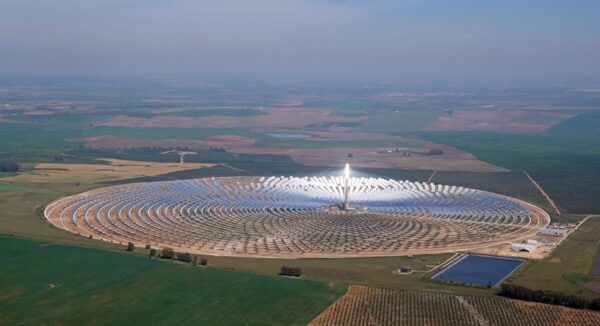
The 150 MW Gemasolar CSP plant
“If there are 150 MW missing from the grid abruptly, the grid is able to cope with this easily,” he said. “CSP plants, on the other hand, are not intermittent as PV facilities and work exactly as conventional power systems. It is also worth noticing that the Spanish grid operator – Red Eléctrica de España (REE) – operates a generation mix with nuclear power stations and therefore, in the transmission planning criteria the N-G contingency, that is also the loss of one nuclear generator, is tested from the security perspective. This means that suitable resources are also made available to cope with capacity losses that are much bigger than the loss that could have been caused by the disconnection of the 150 MW Gemasolar plant.”
Mansoldo dismissed speculation that the blackout was caused by an excess of renewable energy, stating that curtailment easily resolves such issues. “The problem is when you want to increase the share of renewables, not reduce it,” he explained. “Spain relies on a mix consisting of combined cycle gas, nuclear energy and renewables, which is not the best configuration to provide enough inertia to the whole system.”
He argued that losing the entire capacity of a 500 MW solar plant is unlikely, as PV projects are more reliable than conventional power plants. He said that with a 500 MW facility, hundreds of generators would not fail simultaneously unless there is a dramatic shift in system frequency, moving far from the nominal 50 Hz value in Europe.
“In this case, circuit breakers will open the main circuit from the grid to avoid damage to connection equipment,” he explained. “For this purpose, the grid code dictates the rules and thresholds of when this can happen and protections shall be set up accordingly. Note that this can be valid for solar, wind, hydro and conventional generators, not only renewables.”
Mansoldo rejected the three other theories that have been circulating in the media in recent days – atmospheric vibration, cyberattack, and the tripping of the Spain-France interconnection.
“First of all, the investigation will clarify the sequence of the events and the real causes, effects and consequences,” he said. “I found the hypothesis of the atmospherical phenomenon a bit imaginative. This kind of event occurs with particular humidity conditions that trigger the so-called corona effect on the lines’ conductors, above all those in high-voltage lines, which increases the lines’ power losses. Consider that the grid has usually 2% losses and this atmospherical event may theoretically increase this value to 5%. This additional 3% could create a partial imbalance in the 25 GW of Spain’s load, but the event gradually materializes in the system, regardless of temperature variations, and so that capacity margin can compensate for it. However, it is quite unlikely that these high humidity levels are present across the entire grid at the same time.”
He also noted that the load increase from 6 am (CEST) to noon is much more severe, and the grid operator is accustomed to managing these consumption variations. For the cyberattack theory, Mansoldo, along with AleaSoft Energy Forecasting CEO Antonio Delgado Rigal, said REE had already ruled out any modification of the generation plan from an external source.
Mansoldo suggested that the loss of the Spain-France interconnector could be a possible trigger event.
“However it is a contingency included in the TPCs and REE performs both in planning and operation such contingencies and explores remedial actions accordingly to enable the system to be resilient,” he said. “In this case, everything depends upon the actual scenario that is used in the case of study and, in case of particular situations, with a high percentage of renewables and grid weaknesses, oscillations may be exacerbated generating conditions for generation disconnection. This means that, if security parameters dictated in the grid code are exceeded, this may happen on any kind of generation technology.”
The main issue behind the blackout, according to Mansoldo, is that Spain’s electricity system was operating under unusual conditions, with high renewable penetration in a large interconnected grid, which may be prone to low-frequency oscillations unless properly damped.
“Overlapping such behavior with some generation contingencies may exacerbate frequency oscillation generating conditions of widespread generation disconnection, increasing generation and load unbalances, with the system collapsing,” he said. “In this case, the interconnection disconnection from ENTSO-E transmission system is activated to avoid the collapse to spread all over the Eurozone. Most of the utilities have already undertaken activities to counteract renewable energy deployment consequences in terms of maintaining a robust transmission system, at least during transient phenomena.”
Mansoldo said Statcom, E-Statcom, and synchronous condenser technologies are gaining attention as potential solutions to provide inertia to electricity grids during transients and prevent fluctuations like those seen in Spain.
“The Italian grid operator, Terna, is currently using 28 synchronous condensers for central and South of Italy,” Mansoldo said. “This seems to work pretty well when it comes to handling big fluctuations.”
“We have to wait for the proper investigation which through examination of recorded info before and after the event may help engineers to define the root cause, to explain the consequences, and to suggest possible mitigations,” Mansoldo added.
This will confirm whether the blackout was caused by solar, the interconnector tripping, abnormal system behavior, or overlapping contingencies.
“Overall it must be said that once more the transmission system demonstrated to be the elephant in the room, that there cannot be any transition without a proper planning and operating transmission system,” Mansoldo concluded. “This suggests avoiding words like ‘acceleration,’ ‘fast,’ and ‘quick’ within energy transition implementation processes, as rush can be a bad advisor, and slow down allowing a detailed step-by-step understanding approach to transmission planning and operation of the future energy system.”
This content is protected by copyright and may not be reused. If you want to cooperate with us and would like to reuse some of our content, please contact: editors@pv-magazine.com.

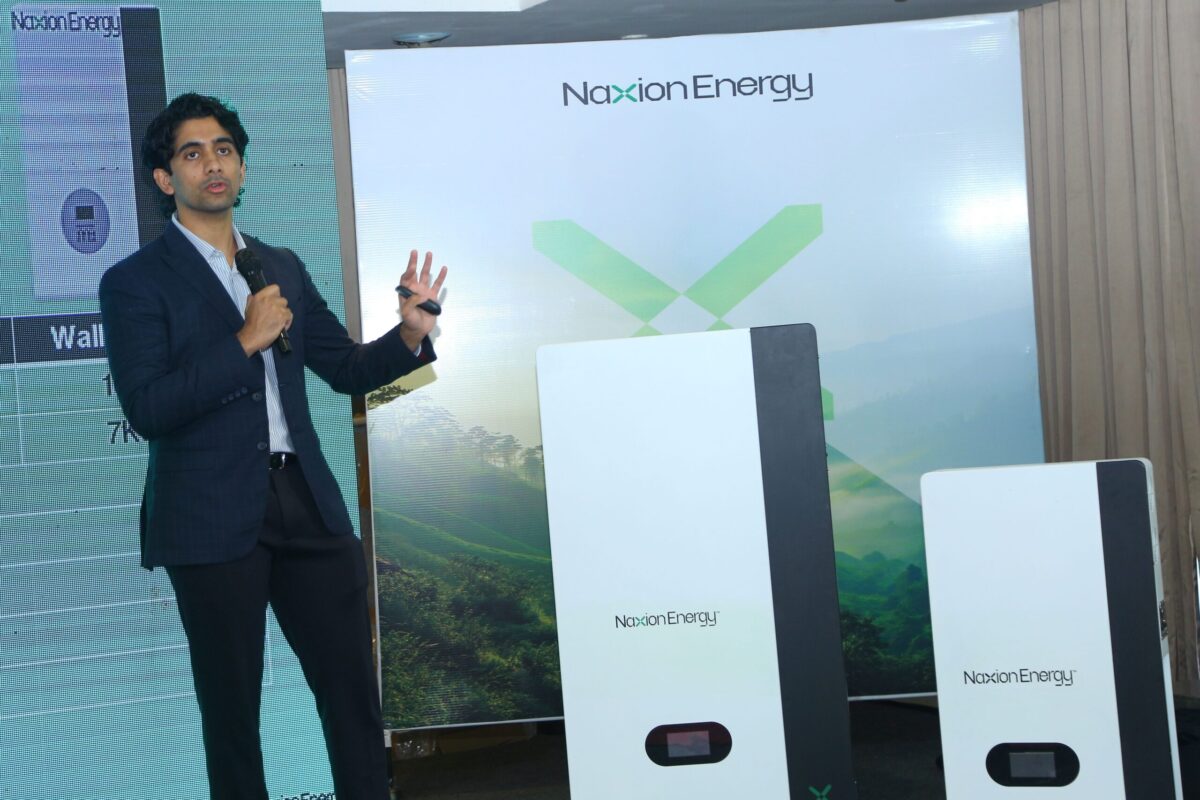


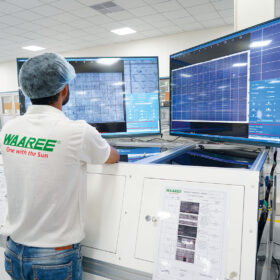

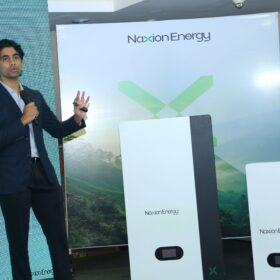
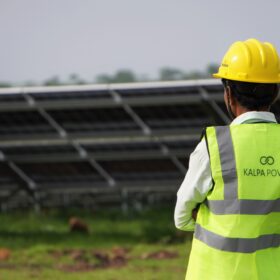
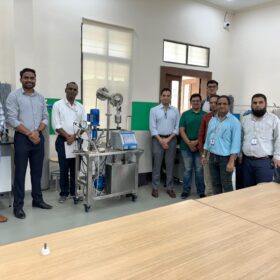
By submitting this form you agree to pv magazine using your data for the purposes of publishing your comment.
Your personal data will only be disclosed or otherwise transmitted to third parties for the purposes of spam filtering or if this is necessary for technical maintenance of the website. Any other transfer to third parties will not take place unless this is justified on the basis of applicable data protection regulations or if pv magazine is legally obliged to do so.
You may revoke this consent at any time with effect for the future, in which case your personal data will be deleted immediately. Otherwise, your data will be deleted if pv magazine has processed your request or the purpose of data storage is fulfilled.
Further information on data privacy can be found in our Data Protection Policy.